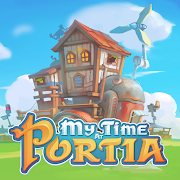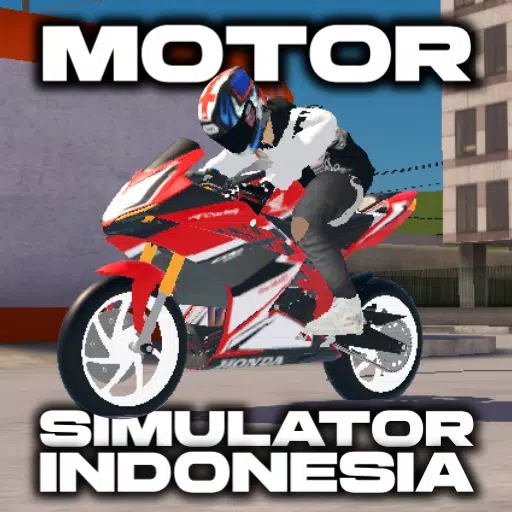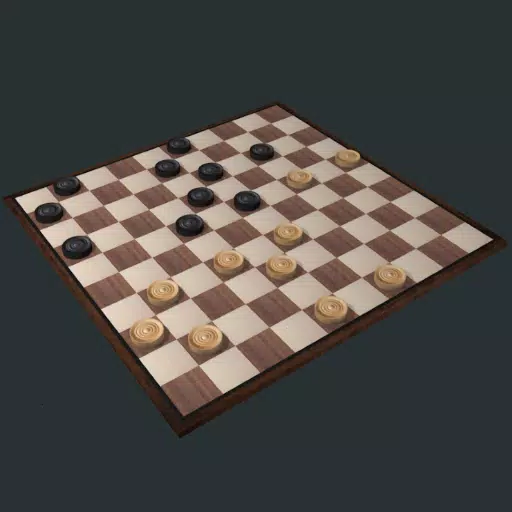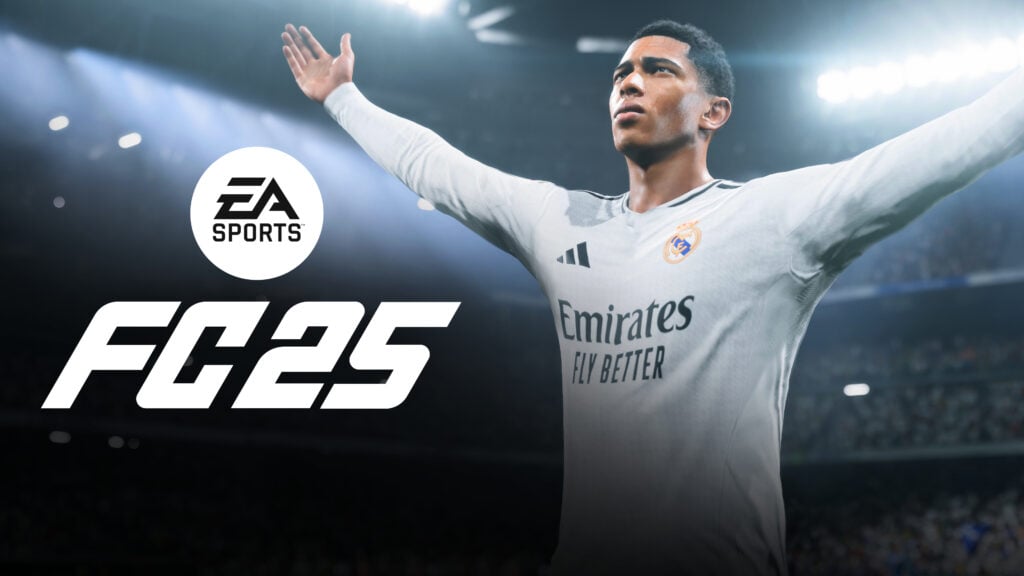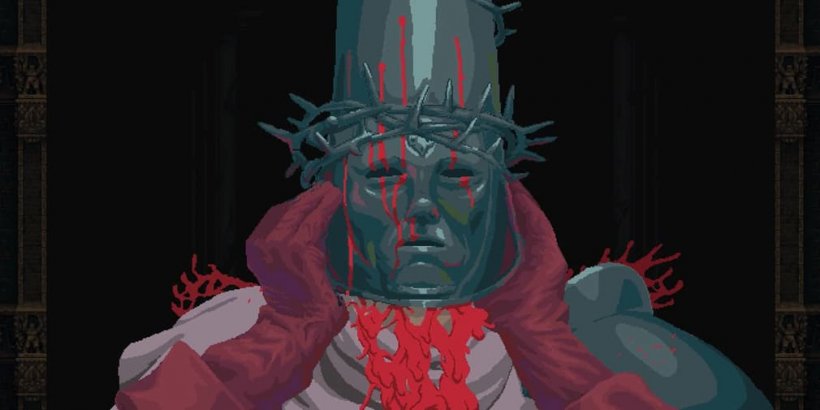Best Starter Pokémon Across Generations
The defining moment in every Pokemon game occurs right at the beginning—when you select your partner Pokemon. The instant you connect with the creature you'll spend countless hours training, bonding with, and battling alongside creates a unique memory. Players often base this choice purely on instinct and personal preference, making it feel like a personality test. Yet in that moment, you can't foresee how this decision will shape your journey to becoming a Pokemon master, with gym challenges, rival battles, and regional mysteries still ahead.
Through extensive research, we've analyzed base stats, examined every strength and weakness of each starter Pokemon and their evolutions, and evaluated their performance across their native regions to identify the optimal starter choice—not just for overcoming early gyms, but for conquering the Elite Four and beyond. This is the foundational step toward mastering every Pokemon generation.
Gen 1: Bulbasaur
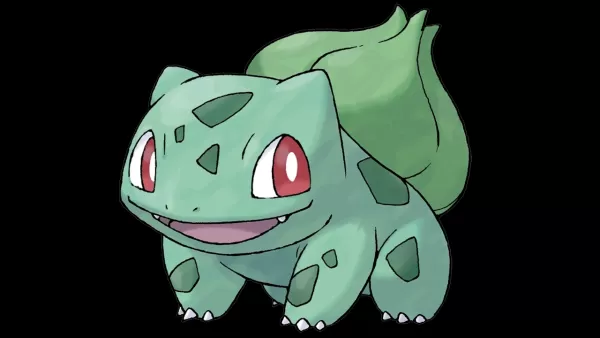
Games: Pokemon Red & Blue, FireRed & LeafGreen
Starter options: Bulbasaur (grass), Charmander (fire), Squirtle (water)
Full guide: IGN's Pokemon Red, Blue and Yellow guide
While Bulbasaur is the clear choice for defeating the first gym in Pokemon Red and Blue (Grass beats Rock—essential Pokemon knowledge), it stands above Charmander and Squirtle as the superior starter for dominating the Kanto region.
At first glance, Charmander seems appealing. Fire types are rare in Gen 1, many wild encounters pit you against Flying types (which counter Bulbasaur's Grass typing), and the final gym specializes in Ground types—a matchup Charizard resists.
However, Bulbasaur trainers will breeze through most of the game. Grass-type moves devastate Brock's Rock Pokemon, Misty's Water team, and Giovanni's final gym lineup, while also proving ideal against the first two Elite Four members. The main challenges come from Erika's Grass gym (requiring clever strategy to overcome resisted attacks) and Blaine's Fire gym, which can be handled using Kanto's abundant Water types.
Bulbasaur's journey isn't without obstacles. Frequent encounters with Pidgeys and Spearows in tall grass—their Flying moves countering Grass—can make level grinding challenging. However, caves filled with Ground and Rock types provide ample XP opportunities. Rival battles against Blue's Pidgeot and Charmander also pose consistent threats, though adding a Water type to your team helps mitigate the latter.
Bulbasaur's balanced stats shine, and its final evolution Venusaur gains Poison typing—giving it unique advantages over Professor Oak's other starters.
Gen 2: Cyndaquil

Games: Pokemon Gold & Silver, Crystal, HeartGold & SoulSilver
Starter options: Chikorita (grass), Cyndaquil (fire), Totodile (water)
Full guide: IGN's Pokemon Gold, Silver and Crystal guide
Pokemon Gold and Silver introduced only eight new Fire types—compared to 10 Grass and 18 Water types—making Cyndaquil an invaluable early-game addition for team diversity. More importantly, Cyndaquil proves optimally matched against Johto's gyms and Elite Four.
Ember and Flame Wheel attacks make quick work of Bugsy's Bug gym and Jasmine's Steel gym—advantages Totodile lacks without relevant gym matchups. While Chikorita's final form Meganium could dominate Pryce's Water gym, it struggles against early Bug/Flying gyms and Morty's Poison team. Cyndaquil trainers should prepare a balanced team for Pryce's challenging gym, but will have ample time to assemble it beforehand.
Grass and Bug types among the Elite Four further favor Cyndaquil. While all four teams present challenges regardless of starter choice, Meganium falters against Poison types and Lance's Dragon/Flying roster. Totodile's Feraligatr performs respectably, but can't match Typhlosion's sweeping potential.
The main drawbacks involve cave encounters with Rock/Ground types and requiring strategy against Lance's Charizard and Gyarados—minor issues compared to Chikorita and Totodile's limitations.
[CONTINUED...]
-
A newly revealed image from The Fantastic Four: First Steps appears to showcase a pivotal late-film moment that connects to the post-credits scene teased in Thunderbolts*/New Avengers.Future Tech Meets Franchise ConnectionsThe exclusive image, sharedAuthor : Isaac Dec 18,2025
-
Final Fantasy Tactics creator Yasumi Matsuno has shared the origins of the game, explaining that he wrote its story to bring comfort to people living in an era "stripped of hope."Now, as the long-rumored Final Fantasy Tactics: The Ivalice ChroniclesAuthor : Nathan Dec 18,2025
-
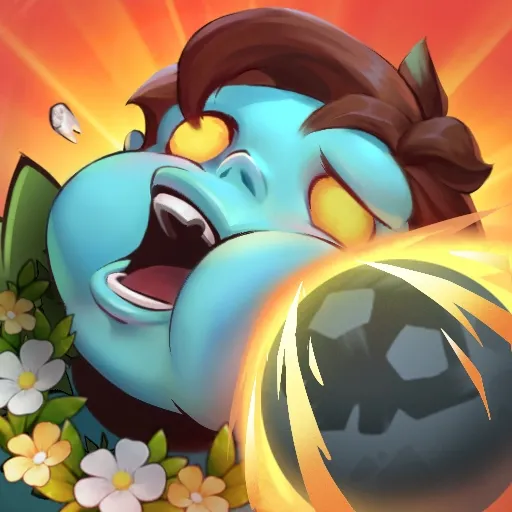 Zombies BoomDownload
Zombies BoomDownload -
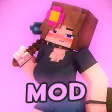 Jenny mod for Minecraft PE MODDownload
Jenny mod for Minecraft PE MODDownload -
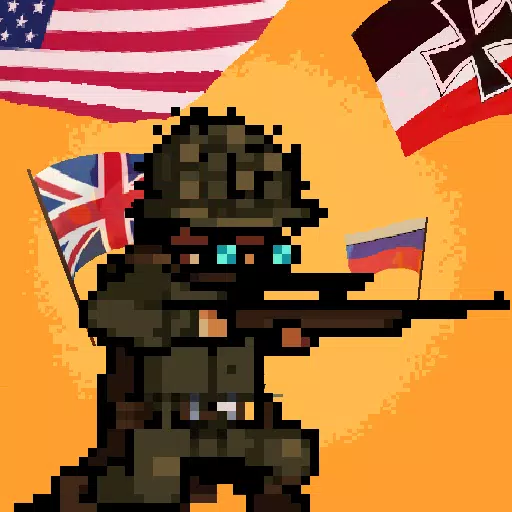 Trench Warfare 1914Download
Trench Warfare 1914Download -
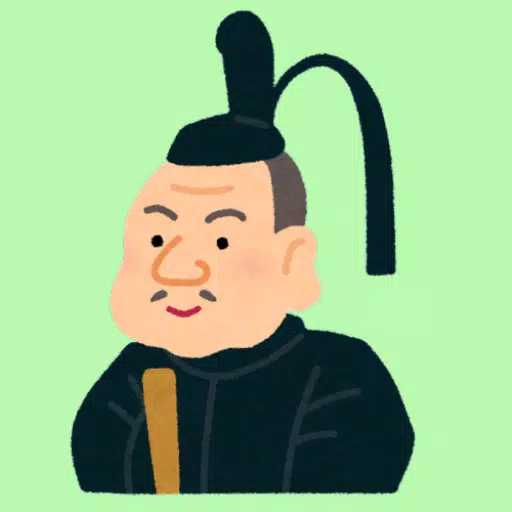 Memorize General TokugawaDownload
Memorize General TokugawaDownload -
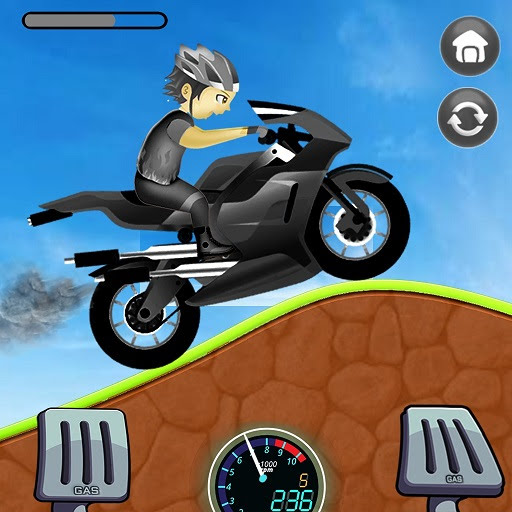 Bike Hill RacingDownload
Bike Hill RacingDownload -
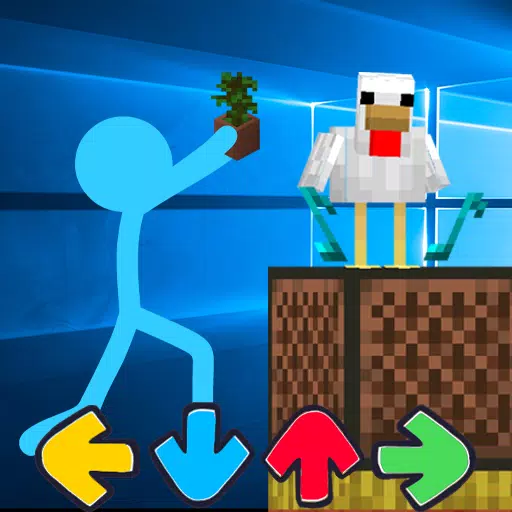 Beat Fight Stick Full WeekDownload
Beat Fight Stick Full WeekDownload -
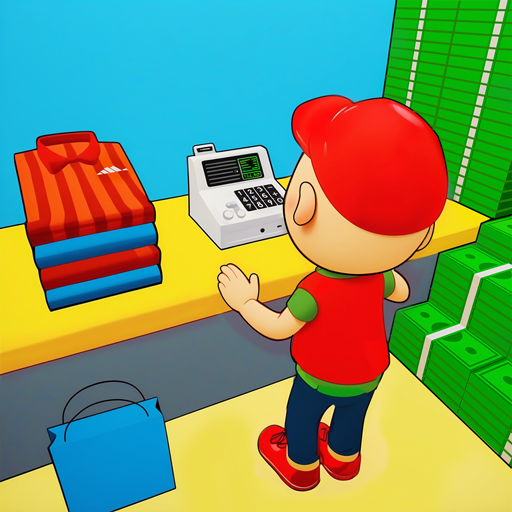 Shopping Rush IdleDownload
Shopping Rush IdleDownload -
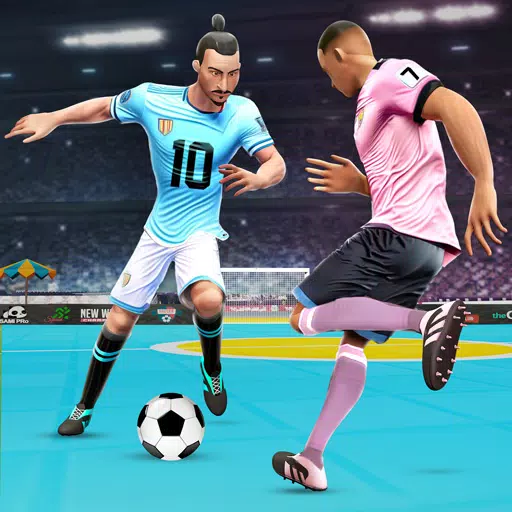 Indoor Futsal: Football GamesDownload
Indoor Futsal: Football GamesDownload -
 SCHOOLBOY RUNAWAY - STEALTHDownload
SCHOOLBOY RUNAWAY - STEALTHDownload -
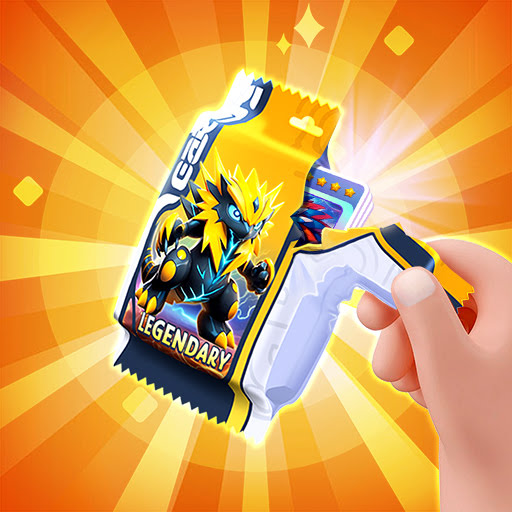 Pokellector SupermarketDownload
Pokellector SupermarketDownload
- STALKER 2: Heart of Chornobyl - All Endings (& How to Get Them)
- Steampunk RPG Eldgear Unveiled by KEMCO
- NYT Hints and Answers: Guide to January 10, 2025
- Metaphor: ReFantazio - Complete Bond Guide
- Discover the Artifacts in Stalker 2: Locations and Acquisition
- Mushroom Go! Unleashes Co-op Dungeon Adventure for Fungi Fans

